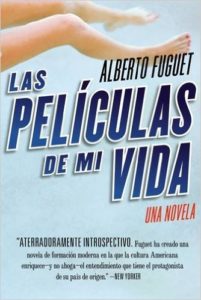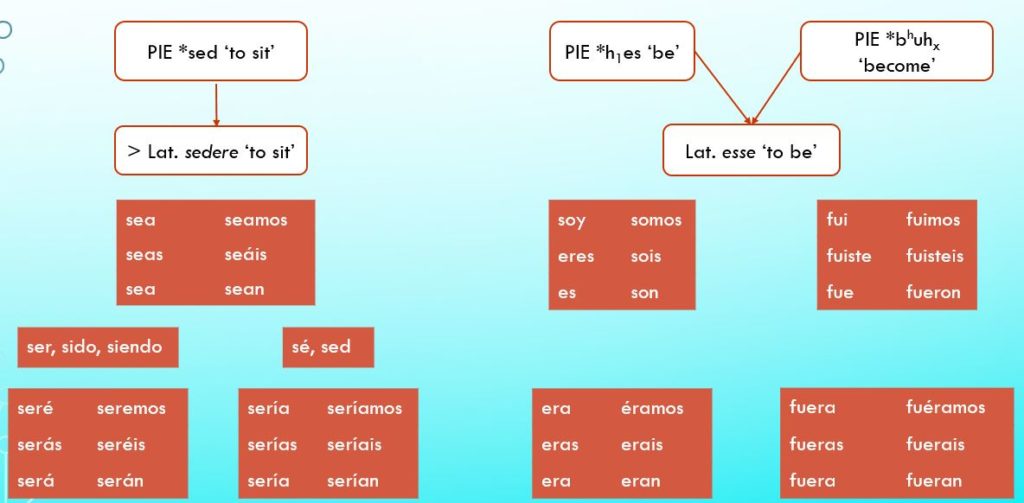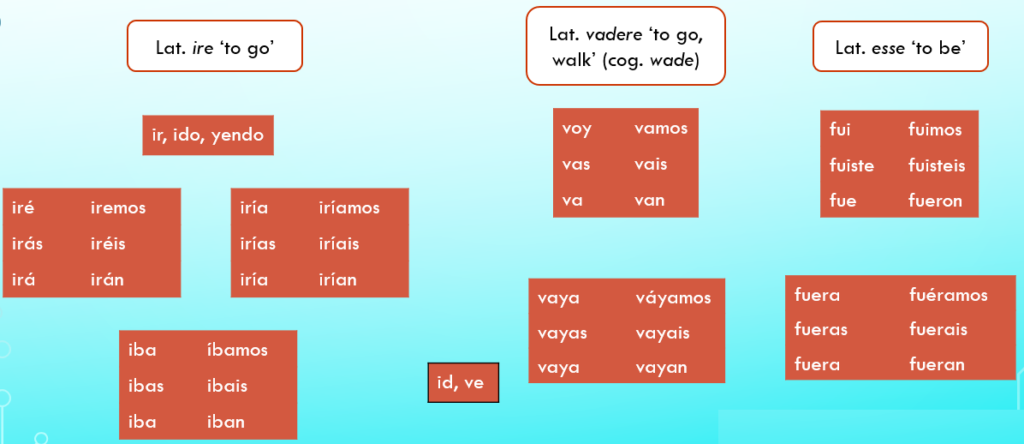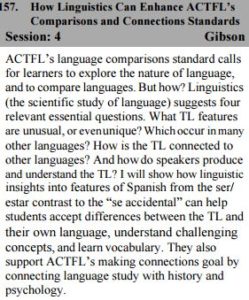Back in 2013 I wrote about the drawbacks of teaching students formulaic rules instead of general principles for certain aspects of Spanish grammar and vocabulary. The prime example I gave was the two versions of the Spanish past tense: the preterite, or simple past, and the imperfect. I teach my students the general principle that the preterite is used to narrate the bare bones of ‘what happened’ in a sequence of events, and that the imperfect adds color to this sequence. You can see this distinction in the following sentence, where I’ve underlined preterites and colored imperfects red. (In class we work through a fairy tale on a whiteboard, using different-colored markers.)
Llovía cuando entré, me senté, y le dije “Buenos días” a mi amiga, quién se llamaba Juanita y llevaba un vestido espléndido.
‘It was raining when I entered, sat down, and said “Good morning” to my friend, who was called Juanita and wore a splendid dress‘.
Nevertheless, certain rules are extremely useful in deciding which past tense to use. For example, mientras ‘while’ always triggers the imperfect, and the mention of a specific time or time interval, like a las tres or durante cinco días, usually triggers the preterite.
The adverb siempre ‘always’, like mientras, has long been on my mental list of reliable imperfect triggers, and it is one that I teach to my students. I was therefore surprised when a participant in Reddit’s /s/Spanish subreddit recently mentioned that siempre can occur with the preterite, too. In the spirit of “If you build it, they will come”, within 24 hours I’d come across several instances of this in the Spanish novel I’m currently reading, Alberto Fuguet’s Las películas de mi vida.
 I’ve listed some examples below; the ones that are most striking to me combine a siempre preterite with an imperfect or two elsewhere in the same sentence.
I’ve listed some examples below; the ones that are most striking to me combine a siempre preterite with an imperfect or two elsewhere in the same sentence.
- Pero mi abuelo sintió siempre que hacía menos de lo que podía hacer. ‘But my grandfather always felt that he accomplished less than he was capable of.’
- Mi abuelo siempre sintió que lo miraban en menos. ‘My grandfather always that they looked down on him.’
- Siempre supe que eras brillante. ‘I always knew you were brilliant.’
- Siempre me llamó la atención que [el aeropuerto] no tuviera un nombre. ‘It always struck me that the airport didn’t have a name.’
- Los Zanetti y los Soler siempre fueron inmigrantes. ‘The Zanettis and Solers were always immigrants.’
One could probably write an article about the use of the two past tenses with siempre based on this novel alone. You could also broaden the field of inquiry to other authors, from around the Spanish-speaking world, as well as to actual speech — and then you’d have yourself a nice dissertation! But at a rough glance, Fuguet appears to be using the siempre preterites to give his overall assessment of how something was in the past, whether it was his grandfather’s feelings, a friend’s intelligence, an airport’s name, his families’ assimilation, and so on. This reminds me of a rule of thumb a Spanish teacher once shared: that fue (‘it was’ in preterite) is used to give an overall ‘thumbs up’ or ‘thumbs down’ assessment. The imperfects in these sentence would then serve to flesh out the factors behind these assessments.
What do you think?



